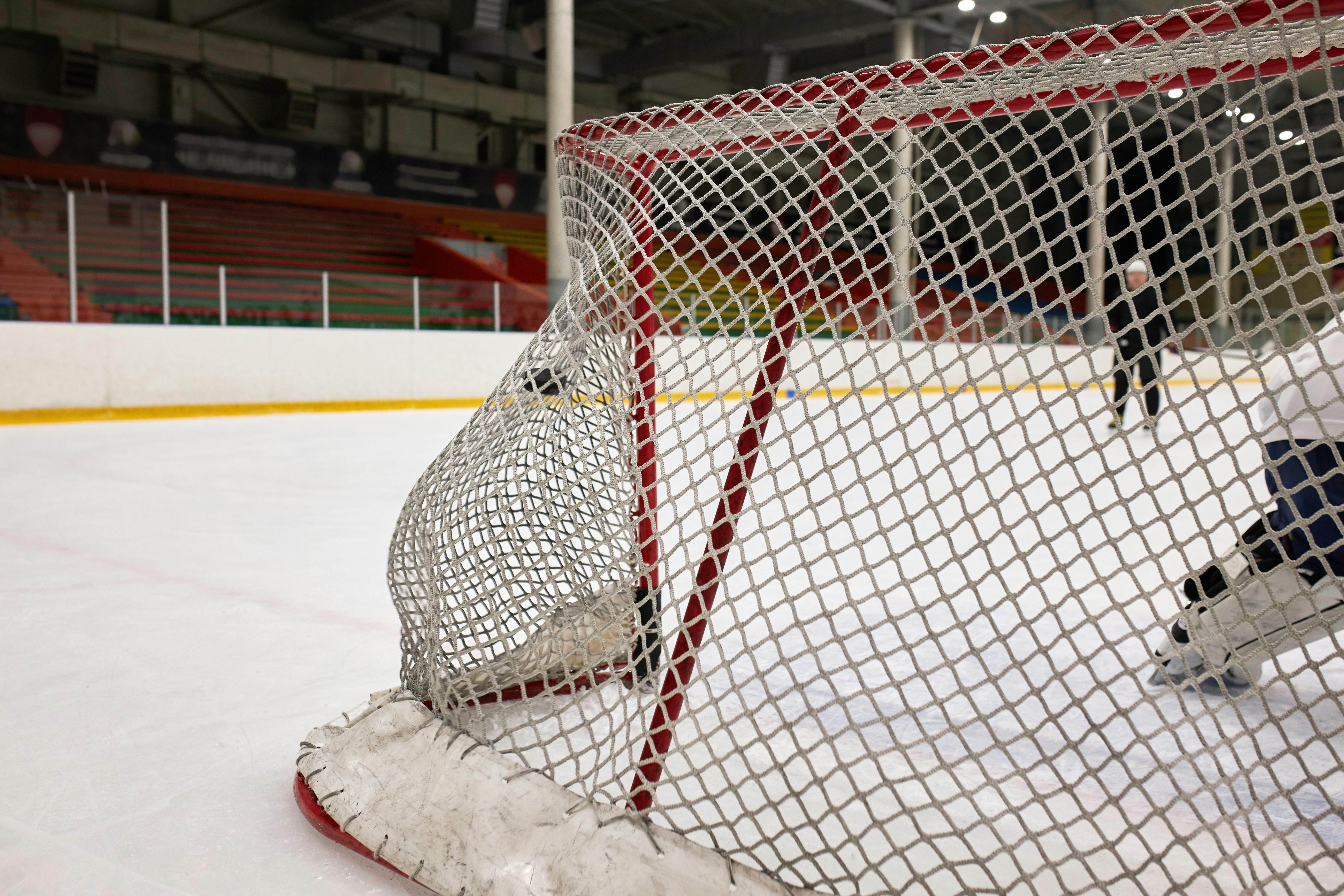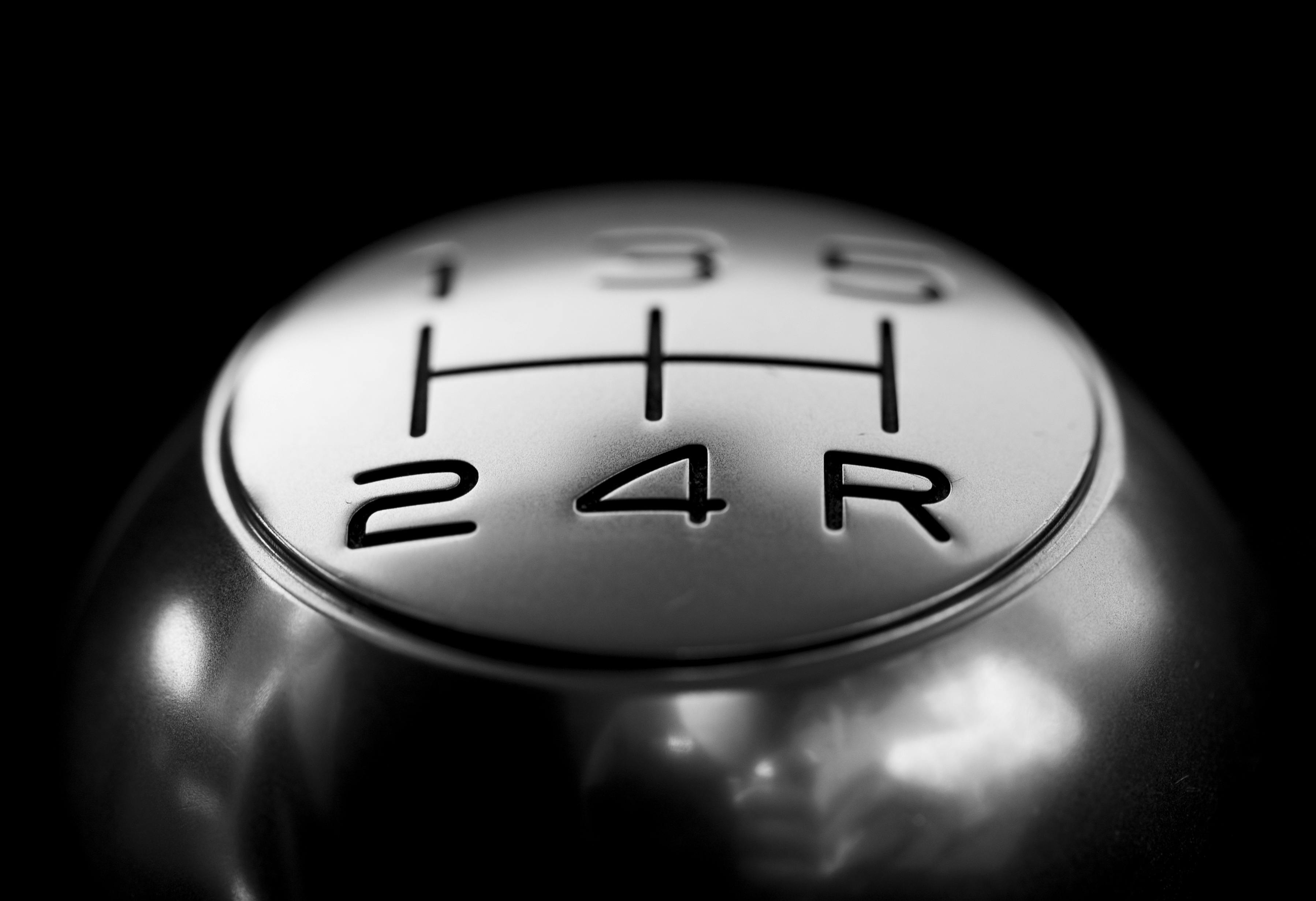What is your point of view?
Then the LORD God formed a man from the dust of the ground and breathed into his nose the breath of life, and the man became a living being … With the sweat of your brow you will eat your bread until you return to the earth. , since from her you were taken; because dust you are and to dust you will return. “(Genesis 2: 7, 3:19 NIV)
Eagles and chickens are quite different and these differences show us a spiritual inference that helps us see how we can be successful in our spiritual walk. An important difference between a chicken and an eagle is their visual points of view. A chicken just lives and concentrates on the ground, while an eagle has limitless visual advantage.
First, the hen in the wild looks for food and gathers it in its beak. The chicken in the henhouse collects food in the same way; however, the chicken in the henhouse does not have to go out looking. The chicken in the hen house has to wait to feed on what the hen house owner brings. The chicken that learns to depend on being fed loses the ability to search for itself. The chicken is programmed to continuously look down for seeds and food scattered on the ground to eat. The chicken’s vision is limited because its focus is limited. The chicken is programmed to seek only the seed (food) that is spread by the farmer or the chicken keeper.
For some chicken coops, the chickens may never be let out, making their perspective even more restricted as they can only see what is right in front of them. Some owners may allow chickens to roam in a limited area so they can see a little more of their surroundings. However, both types of chickens are limited with a downward focus, only looking at the ground.
If we have a chicken mentality, we also walk with a downward focus with limited vision, unable to see more than what is right in front of us. Our minds are trained to search for the seeds that will continue to hold us captive in the cooperative. If we don’t learn through God’s Holy Spirit that this is bad eating, we will continue to keep our eyes on the captive ground there because of the chicken coop mentality. We will continue to feed on the seeds that encourage us to keep our focus on that downward thinking and death. We need to examine to see what things have caused us to have limited vision. We need to learn to be aware of the conditions that lead to limited vision and then examine ourselves to see if our vision is limited.
If your thoughts consist of statements like these, then you have a limited point of view (vision):
- I’m not going to do anything really great in my life and I’m fine with that.
- I don’t have enough (skill, intelligence, money, knowledge, connections, etc.) to be able to do something spectacular.
- I am average, there is not much that is really different about me.
It was not God’s wish for humanity to have a downward focus. God collected the dust and created something new out of it, showing us that the things that are on the ground can be changed into something different when they are. Gotten up. A downward approach continues to limit the chicken’s perspective; the same is true of humanity. It is not until we learn to look up that we really learn to live (Numbers 21: 8, John 3: 13-15 NIV).
Since the chicken in the hen house only knows the existence of the hen house, for many of us all we know is that “grassroots” thinking. We know how to doubt ourselves. We know how to look at our flaws and see them as insurmountable obstacles. Many of us have not yet learned that with every obstacle, there is a strategy to overcome it.
If it weren’t for the Holy Spirit of God seeking us out and speaking to our minds downward, we couldn’t turn our attention to better things. However, without the touch of the master’s hand, we will still be chickens in the henhouse clucking, eating off the ground.
Now let’s look at the kind of vantage point the Lord wants us to have, the vantage point of the eagle.
16 But when someone turns to the Lord, the veil is removed. 17 Now the Lord is the Spirit, and where the Spirit of the Lord is, there is freedom. 18 And all of us, who gaze open-faced at the glory of the Lord, are transformed into his image with increasing glory, which comes from the Lord, who is the Spirit. (2 Corinthians 3: 16-18 NIV)
The eagle can fly to great heights. Due to this fact, the eagle can see much more than the chicken that lives on the ground can. The eagle has great eyesight and the ability to see great distances. The eye of an eagle is almost as large as the eye of a human. However, the vision of the eagle is four times sharper than that of a person with perfect vision. Eagles have two centers of focus; this allows the bird to see both forward and to the side at the same time. This vision allows the bird to see a fish in the water from several hundred feet above, as it soars, glides, or flies flapping. This is a great skill because the fish are darker on top, and as a result, they are harder to see from above. The eagle blinks to clean dirt and dust from the eye, but can still see because the membrane that covers the eye is translucent.
Scripture says that when we turn to God, the veil is removed. What separated us from God has been removed. There are no longer any barriers between us. The way the eagle blinks reminds me of an illustration. If you and I close our eyes, we cannot see, our eyes are veiled. However, when the eagle closes its eyes, the membrane is translucent, so there is nothing to prevent it from always having a clear view of what is ahead. When we allow God to be in control of our lives, He does so so that we can have continuous, undisguised access to His truth, through the Word of God and the help of the Holy Spirit. There are multiple things that would make our vision blurred (anger, discouragement, rejection, disappointment, concentration on our circumstances, etc.). These things get in the way, like the skin over our eyes when we blink, and prevent us from seeing the things God wants us to see.
To have this eagle vision spiritually, we need God to free us from the things that weigh on our hearts. These things keep our focus on the ground in that downward focus. When we allow God to work in us, we can see how to prepare for the road ahead. God will light our way so that we can have this amazing ability to see “miles” ahead as the eagle does.
We need God to help us spiritually discern what we need in order to grow. That requires us to have the ability like the eagle to see what is in front of us, as well as what is to the side. It also requires that we seek God’s help to remove those things that hinder this ability to see. We need to be able to see from many different angles so that we can understand how to live this life in Christ. Can you clearly see the situations in your life? Or has your point of view been limited to the ground because of the things you are focused on? It is time to stop looking at the ground and allow God to reveal the hidden things to you. Are you ready to change your spiritual point of view?


